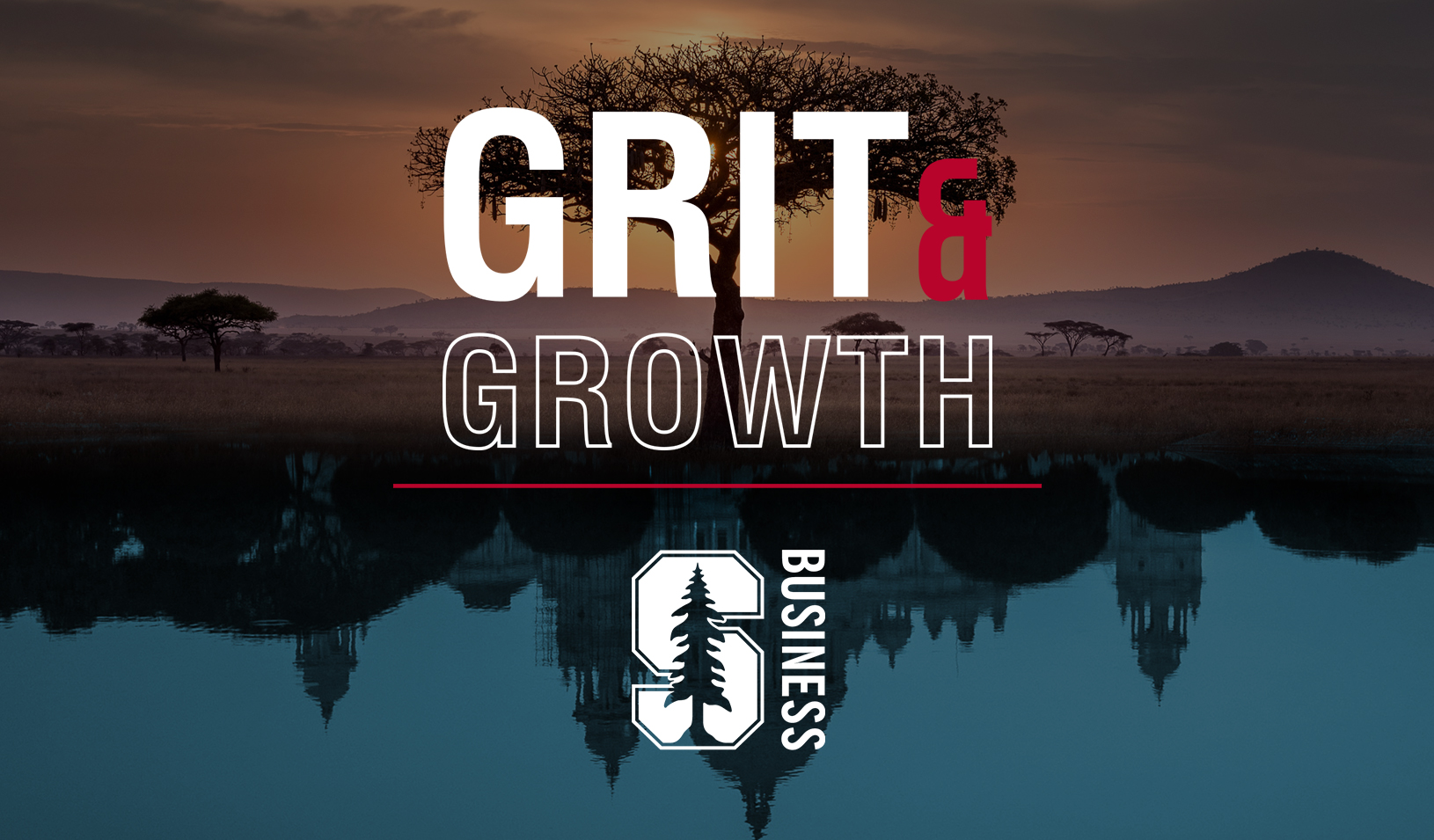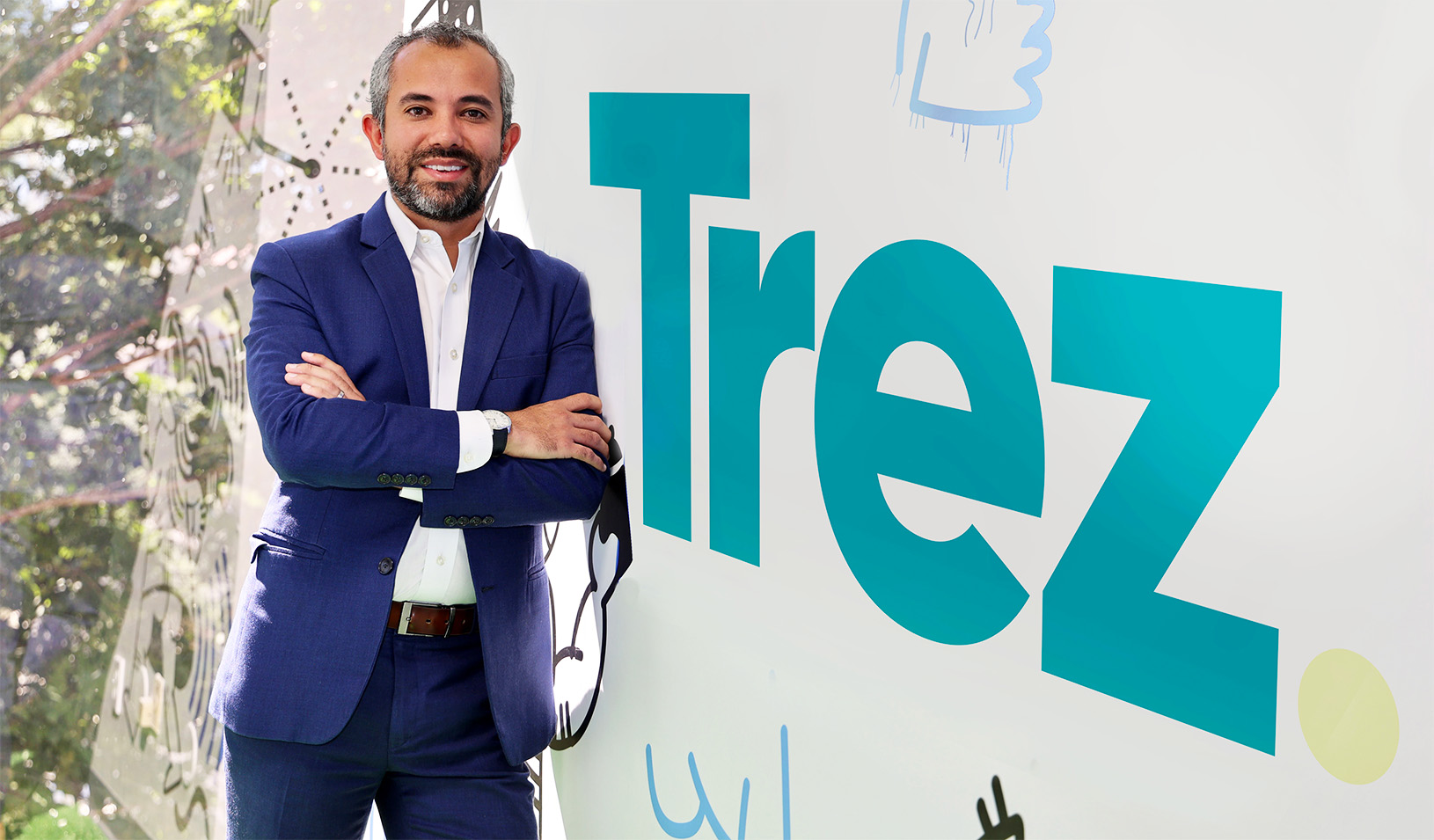Charles Holloway: How to Create an Impactful Company
It’s not just about the product.
November 06, 2015

iStock/CSA-Printstock
Creating a company that has impact takes more than just hitting on the right product or service for the right market. It requires designing the total venture, including the business model, the organization and culture, and the business-management systems that will allow it to add value to the overall economy by growing and creating jobs as well as profits, says Charles Holloway, professor emeritus at the Stanford Graduate School of Business.

Holloway, who joined Stanford GSB in 1968 and was co-director of the school’s Center for Entrepreneurial Studies for 17 years, discussed what makes an impactful company at a forum sponsored by the center earlier this year. He also sat down for an interview with Insights by Stanford Business.
Find an Innovative Business Model
You must design your entire company, not just the product, Holloway says. This includes the business model, the management organization, and the culture.
“It turns out that, if you look at innovations in companies, roughly half of them come in the business model, not in the product or service,” he says. There are many examples in which companies sell virtually the same product or service, but whether they succeed largely depends on how they were built.
Netflix is an example, he says, as is the former Sun Microsystems, which was founded in 1982. When the computer systems company started, there were 27 other companies building the same type of product, but few thrived and scaled the way Sun did. In what was a unique business model at the time, Sun used components from the supply network and allowed others to create products that could be integrated with Sun’s workstation, Holloway says. The company was acquired by Oracle Corp. in 2010 for more than $7 billion.
Culture Does Not Just Happen
“David Packard and Bill Hewlett and HP were examples of that early on. They created not only products, but a culture that allowed them to continue to deliver the products and create other products,” Holloway says.
Innovative companies have been doing this for a long time. “Often people talk about the HP culture, the ‘HP Way.’ The HP Way didn’t invent itself,” he says. And, as was the case with Hewlett-Packard, sometimes the culture changes over time, he says.
Innovate to Compete
For a company to scale and profit over the long haul, both its product and its business model must evolve. Finding ways to sustain innovation in these areas is especially important as a startup transitions to a midsize company and, eventually, a large corporation.
In its early stages, Sun Microsystems had 15 engineers and Hewlett-Packard had 300, he says. They were competing in the same market. How did Sun compete? It developed a strong supply network so it could get the components it needed, Holloway says. Sun focused on suppliers who provided parts — disk drives and monitors, for example. “They didn’t focus on designing the entire set of computer products like their competitors did, and they were able to get better technology,” he says.
Attract Great People
Part of creating a quality work force is related to the company culture. “But part of it is the way in which you go after the people and offer them salary and other benefits, and innovation can be important here,” Holloway says.
For example, the Gordon Biersch Brewing Company needed waiters when it opened its first brewpub in the late 1980s. Typically, waiters are paid minimum wage, but the company wanted to attract employees who felt a sense of ownership of the company and its customers, Holloway says. Therefore, in addition to wages, the company offered stock benefits when it hired waiters. “This is an innovative business model for a restaurant that allowed them to attract waiters who would help them with the way in which they developed the business.”
One Size Does Not Fit All
A company culture can and often should vary within a single corporation, he says. As Sun Microsystems grew, it eventually spun off its food services as a separate company because the culture that was created for its engineers and technologists was not as applicable for its service workers. “So you can have creative ways of multiple cultures in the same organization.”
Remember the Fundamentals
Holloway says his best advice to entrepreneurs is quite basic: Ask questions and say “thank you.”
“It turns out that questions can be valuable, not only for the person who asks the question, but for the person to whom the question is asked, because it helps clarify situations,’’ he says. Too often situations that are not clarified proceed in the wrong direction because not everyone is on the same page.
Having gratitude is just as important. “I don’t think people say thank you enough,” Holloway says.
Hold On to the Vision
“Designing a new venture is a journey,” Holloway says, and it requires a vision that is sustained over time. Sometimes, you will need to pivot and make changes along the way. “It’s important for you to keep the vision, even though you’re pivoting,” he says.
“Understand it’s a journey. Changes will need to be made, but keep the goal in mind.”
Charles Holloway is the Kleiner Perkins Caufield & Byers Professor of Management, Emeritus at Stanford GSB.
For media inquiries, visit the Newsroom.
Explore More

Strategy: It’s the Big Bets that Matter

Pivot, Adapt, Grow: Building a Fashion Brand in Kenya



